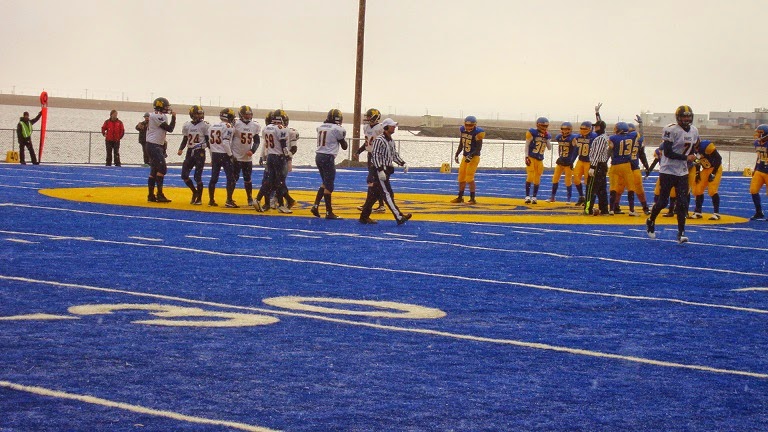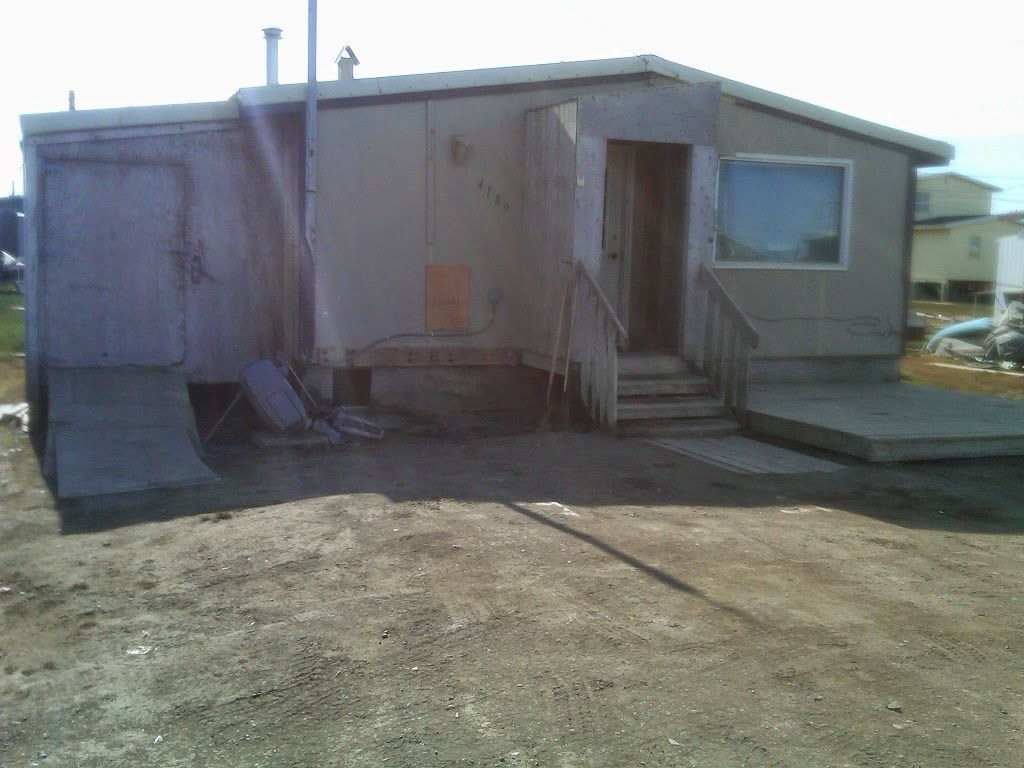The NGEE Arctic team has enjoyed a great 10-day trip to
Barrow. We accomplished everything that we had planned and did so under
constraints of short days and low temperatures; but that’s the Arctic. Our team
has plenty of activities for this winter, including the quickly approaching
Fourth Annual NGEE Arctic All-Hands meeting followed by strong participation in
the American Geophysical Union (AGU) meeting. Both of these will be in San
Francisco. I look forward to seeing many members from our team during those two
back-to-back meetings.
For now, however, we close out another field season in
Alaska. Those of you familiar with our blog know that I often save a
particularly appealing or amusing picture as our “Pic of the trip”. This week
there were several that I personally enjoyed including the sun dipping below
the horizon as I landed in Anchorage and the sunrise one morning on the Barrow
Environmental Observatory. My favorite, hands down, was one taken of Ori as she
enjoyed Häagen-Dazs ice cream one afternoon on the tundra. This might not
seem too odd except it was -17F at the time. Ori commented that unlike the
summer, she has no trouble keeping her ice cream frozen during winter trips to
Barrow. I do recall seeing an ice cream bar often stuck into a nearby snow
drift while she took flux measurements all week! Thanks Ori…



.jpg)
.jpg)




















































